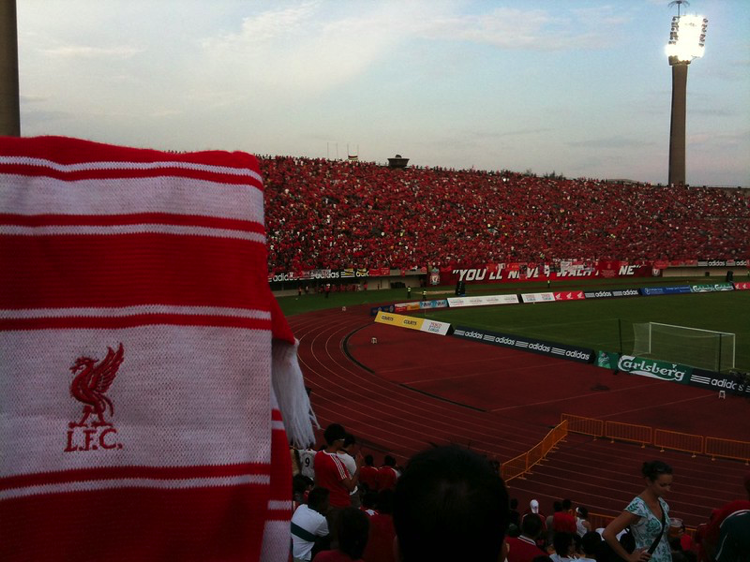Whilst the answer to why Liverpool FC, a team who play in red shirts, red shorts and red socks, are nicknamed “the Reds” may seem obvious, it actually has more of a complex history than you perhaps might have expected. In this article, we will explain the story of how the Merseyside giants came to be known as the Reds, especially considering that several other teams, such as fierce rivals Manchester United, also play in red shirts. We will then take a look at any other nicknames that Liverpool have, such as “Kopites”, and also explain how these came to be.
What Is the Origin of the Nickname “Reds”?
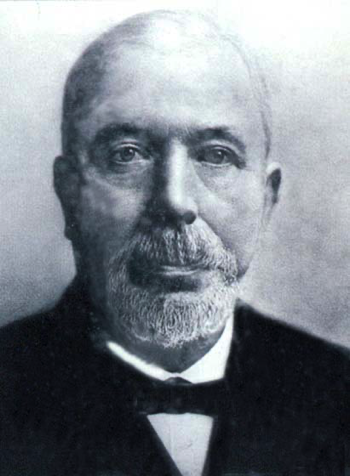
To understand where this iconic nickname originated, we first must look back to the club’s initial formation, way back in 1892. After former Everton president, John Houlding, severed ties with the Toffees and set up his own team to play at Anfield, which became known as Liverpool FC, he decided to do everything he could to replicate the newly departed Everton. This was not an easy or amicable break up.
Not only did Houlding initially aim to name the club Everton, but he also chose old blue and white chequered kits with white shorts that had been left behind at Anfield by the Toffees as the first ever Liverpool kit! Strangely enough, at this point, Everton had decided to change their own kit to so-called “ruby red.”
For four seasons, Liverpool played in blue, and their only real nickname in this period was “the Anfielders.” However, following the conclusion of the 1895/96 season, Liverpool gaffer, John McKenna, moved to become part of the club’s board, and Tom Watson became the new boss at Anfield. Change was afoot, as the ambitious Watson arrived hungry for success.
Then, when Everton decided to ditch ruby red for their famous royal blue, the Reds quickly saw an opportunity, and president John Houlding went out and purchased 20 brand new red shirts for Liverpool to play in. These were then paired with white shorts. Although the shorts were initially supposed to be black, the white and red combination actually turned out to be a very shrewd move, as they are the municipal colours of Liverpool, meaning that the Reds were now in possession of both the city’s name and its colours.
Bill Shankly & The Change to All-Red Kit
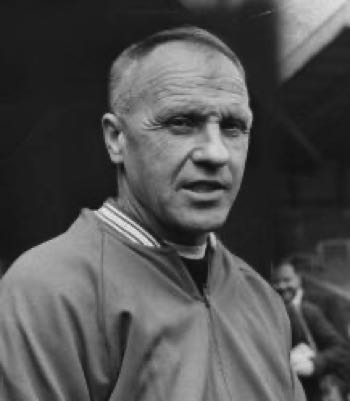
The club wore red and white kits for almost 70 years, as their shirts progressed from a simplistic red with a collar and buttons to a more recognisable football kit, complete with the club’s iconic Liverbird badge. However, in the 1964/65 season, legendary manager, Bill Shankly, decided that it was time for a change, one that would truly cement Liverpool as the “Reds” that we know them as today.
He decided to change from red and white to red shirts and red shorts, as he believed that it would make the team appear more intimidating and powerful. Furthermore, following encouragement from Scottish forward Ian St John, the club decided to go all out and wear red socks too, birthing the all-red Liverpool strip that the Merseyside club are best known for, that makes them the “Reds.”
This move to all-red was enormously successful, as it coincided with the club’s Shankly/Paisley golden era. The red kit was first utilised in a European tie against Anderlecht, and led to both fans and the media immediately dubbing the victorious Liverpudlians “the Reds.”
Why Are Other English Teams Not Called the Reds?
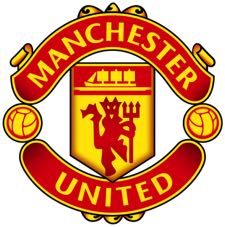
Well, the truth is, fellow Premier League sides Nottingham Forest and Manchester United, both of whom play in predominately red kits, have also been known as the Reds, but this is not the primary nickname for either. For United, the nickname “Red Devils” is far more commonly used, and given the fierce rivalry between them and Liverpool, the inclusion of “devils” is an important distinction!
In the case of Nottingham Forest, they are more typically just known as “Forest.” This is perhaps because not only are Liverpool a very popular and high-profile club, but they are also the only English side to play in an all-red kit, making them the only true “Reds” around!
Which Other Teams Are Known as the Reds?
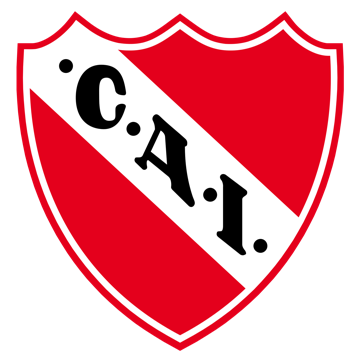
The nickname “Reds” is actually very popular across world football. For example, iconic Argentinian side, Independiente, one of the country’s “big five” football clubs, are nicknamed “el Rojo”, which means “Red” in English. “The Reds” is also the nickname of Sparta Prague, the most successful team in the Czech Republic, who have won their domestic league a whopping 37 times, which makes Liverpool’s tally of 19 look rather poor!
Furthermore, Northern Irish side Cliftonville, who are both the oldest football club in Ireland and five-time champions of Northern Ireland, are also known as the Reds, showing that Liverpool are in good company! To varying degrees Barnsley (more commonly called the Tykes), Aberdeen (the Dons) and even South Korea’s national side are also known as the Reds, whilst Belgium’s Standard Liege also effectively use the nickname, going by Les Rouches.
What Other Nicknames Do Liverpool Have?
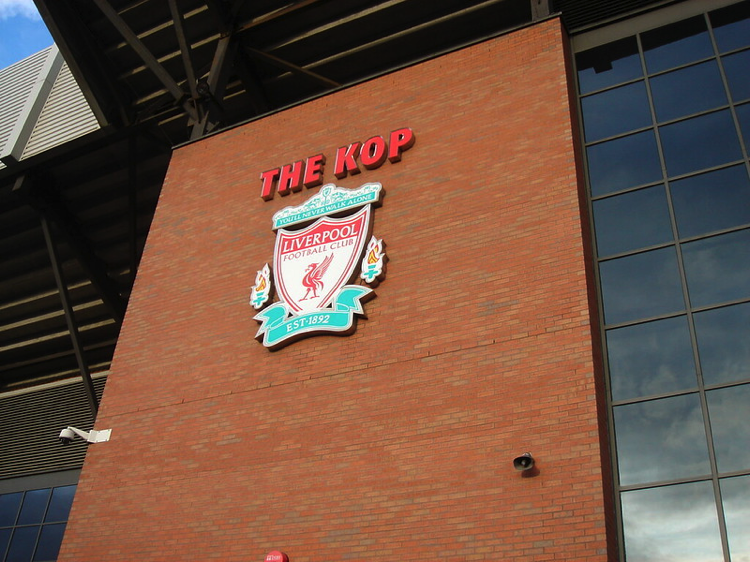
Whilst the Reds is by far the most famous and commonly used nickname for the Merseyside giants, they also have several other pseudonyms. For example, a name that is often used in relation to Liverpool fans is the term “Kopites.” This nickname stems from Anfield’s infamous Spion Kop, which is named after a hill in South Africa that was held by British troops during the Second Boer War. The Kop, traditionally an area in which fans would stand, has been home to Liverpool’s most passionate fans for over a hundred years. Despite now being an all-seater stadium, the Kop remains the most iconic and often loudest part of Anfield.
Another nickname commonly used to describe both fans of the football club and residents of Liverpool in general is the word “scousers.” This word supposedly derives from a stew known as “lobscouse”, which was a popular dish amongst sailors around Liverpool’s port. Whilst both the exact components and origin of this stew remain a contested issue, it is a dish that you can still get your hands on in Liverpool to this day!

